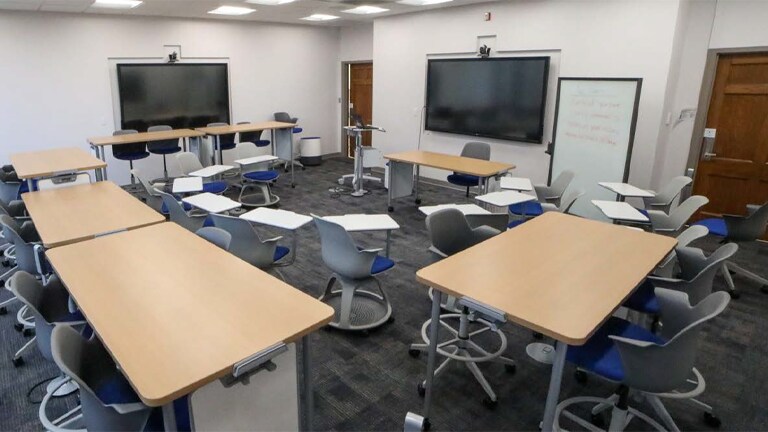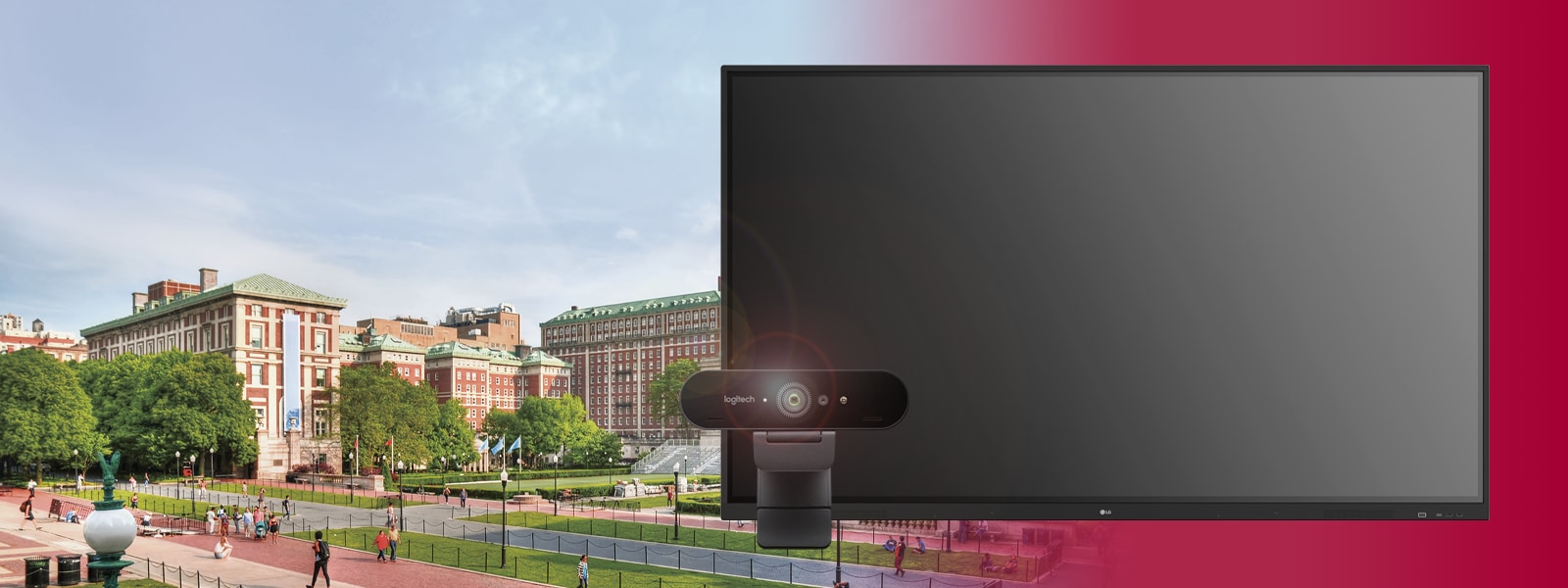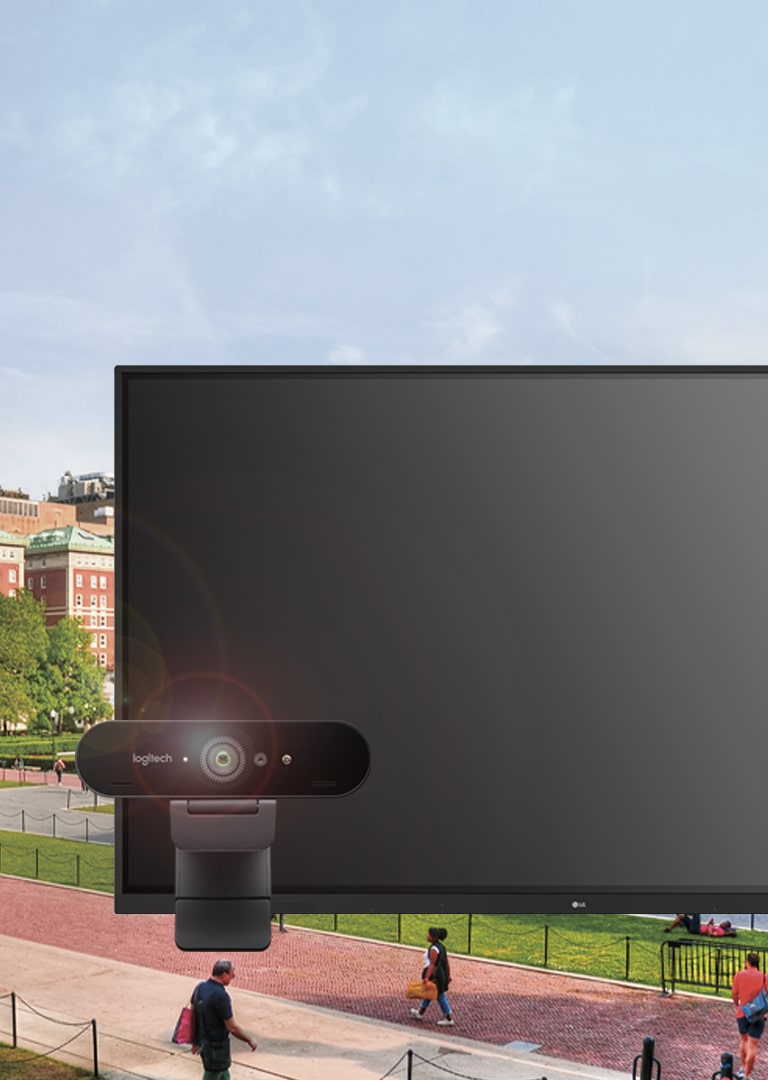Georgetown Embraces Integrated Technologies
Georgetown Embraces Integrated Technologies
Georgetown Embraces Integrated Technologies
Bridging Pedagogy and Technological Innovation
Georgetown University, in Washington, D.C., was founded in 1789 and is the oldest Jesuit Catholic institution of higher education in the United States. It is also among the most forward-thinking universities when it comes to applying new technology to learning.
In 2019, the Center for New Designs in Learning and Scholarship (CNDLS) team wanted to reimagine learning spaces through collaborative technology. Working with LG Business Solutions and local technology integrator CTSI, Georgetown introduced to faculty and students a multi-dimensional classroom to support small- and large-group exploration,
interactivity, distance-learning, and more.
“Georgetown has a long tradition of Ignation pedagogy, based on the 16th century teachings of Saint Ignatius of Loyola,” says Margaret Debelius, Director of Faculty Initiatives at CNDLS. “It’s this five-step process of context, experience, action, reflection and evaluation. It still stands to this day, and technology allows us to do those things a little bit differently. It has expanded the ways in which we can engage in inquiry and reflection — things that are central to a Georgetown education.”
The final design, which first welcomed students and teachers in the fall of 2019, includes a pair of large (75-inch), 4K, interactive LG touch displays at one end of the room, a third 86-inch LG interactive 4K display at the other, and a fourth 86-inch LG 4K display on one side, opposite the classroom’s bank of windows. There are Logitech cameras installed on each wall for connecting directly to Georgetown’s Zoom video conferencing system; Biamp ceiling speakers and microphone arrays for tracking speakers in the room and optimizing audio on other ends of a Zoom session; and four Mersive Solstice collaboration pods, which users can connect to wirelessly to share content on the room’s displays.
Transparent, Intuitive Control
Transparent, Intuitive Control
Everything in the room is managed through a Crestron control system and touch panel, specially programmed to be as seamless as possible.
Faculty has been quick to adopt the classroom technology. When the CTSI and LG teams visited to familiarize users with the installed systems, the wireless Mersive collaboration pods, for example, were well received by faculty and students alike. Because users can connect to the pods from their smartphones and begin sharing content on the room’s LG displays, the learning curve was very minor.
"The changes we made to the classroom reflect the deep shift in pedagogy and the experience of education. It’s student-centered, collaboration centered, it’s multifaceted and needs to allow for the outside to come inside, and the inside to go outside.
Technology can do that."
Molly Chehak, CNDLS Managing Director
Helping to Innovate Education
Helping to Innovate Education
LG Displays & Logitech Cameras
Download the Detailed Case Study








